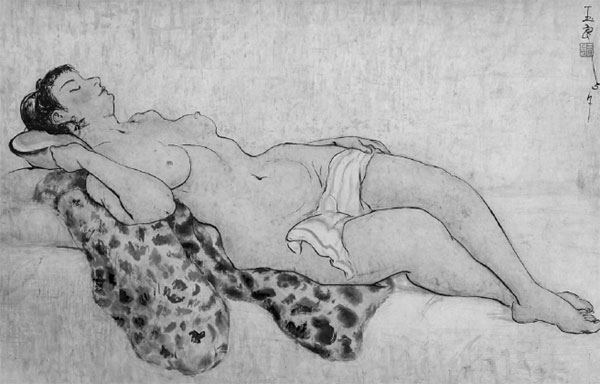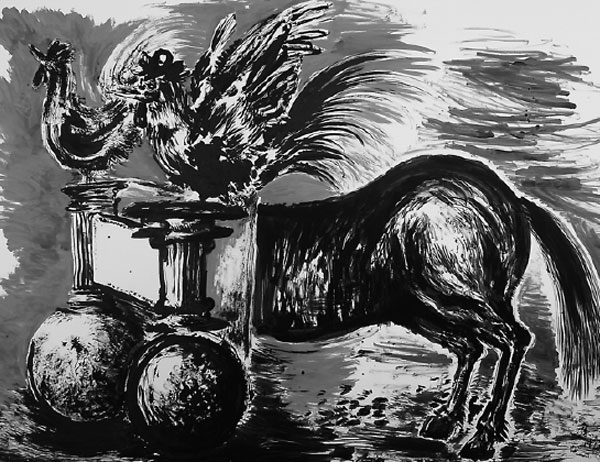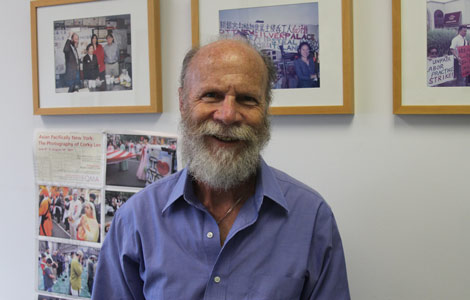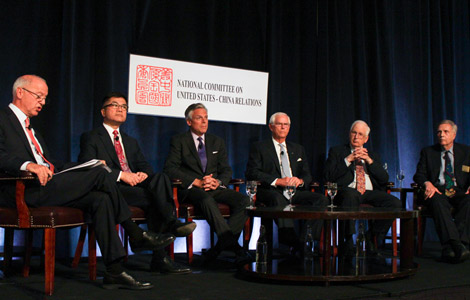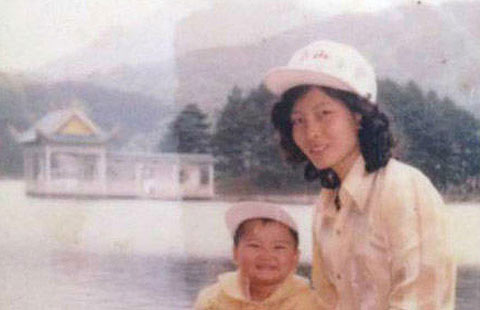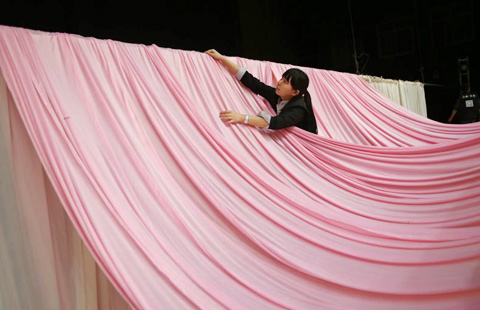The art of urbanity
Updated: 2014-05-26 08:15
By Rebecca Lo (China Daily)
|
||||||||
|
An oil painting of a nude beauty by Pan Yuliang is on show at de Sarthe Gallery. Photos Provided to China Daily |
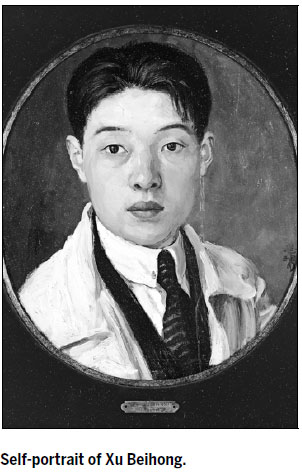
|
Young artist Sun Xun's works are on display at Edouard Malingue Gallery. |
This year's Art Basel Hong Kong included a weeklong extravaganza of creative activities, some of which stir debate about city living. Rebecca Lo looks back at some of the highlights.
By all accounts, the second edition of Art Basel Hong Kong was a resounding triumph. It has been five years since Art Basel acquired a 60 percent stake in the Art Hong Kong fair and made it the third on its worldwide calendar of contemporary art events. This year, with UBS as its lead partner, the Hong Kong Convention and Exhibition Center saw more than 65,000 visitors gaze at the art from 245 galleries from 39 countries over the four-day session. That's a lot of champagne.
Along with the show within, Art Basel inspired a public program such as a three-day film section with 49 films by 41 artists screened at Agnes b. Cinema, including films by Hong Kong's Kwan Sheung Chi and Christopher Doyle.
In addition, the audio-visual light presentation Alpha Pulse customized for the facade of the 490-meter-high ICC by German artist Carsten Nicolai ensured everyone within view of Victoria Harbor caught a glimpse of the city's biggest art installation.
"This is the first time we've included film," says Magnus Renfrew, Art Basel's director for Asia and the founder of Art Hong Kong.
"We commissioned the Berlin artist Carsten Nicolai to create an app with an audio component to go with his light display at ICC. Alpha Pulse is an emotional response to the different frequencies of light and sound."
One of the highlights on the sidelines of the fair was a debate organized by the Hong Kong office of Intelligence2 entitled Asia Should House its Poor Before it Houses its Art: The Funding of Museums is Best Left to Private Patrons.
It's a controversial topic, as Hong Kong's West Kowloon Cultural District continues to see star architects being commissioned to build government-funded galleries and museums. Meanwhile, China's museum software of curators and art critics lags behind its hardware of shiny new buildings.
Somewhat ironically moderated by West Kowloon's CEO Michael Lynch, the motion was argued by South China Morning Post financial columnist Jake van der Kamp and Mumbai-based features editor Vishwas Kulkarni. Tate Modern curator Jessica Morgan and Beijing's Ullens Center for Contemporary Art's director Philip Tinari debated against the motion. The audience got a chance to challenge each of the speakers and to vote before and after hearing their arguments.
Both van der Kamp and Kulkarni played the emotion card.
"Art is a toy for the very rich in very poor countries," Kulkarni says.
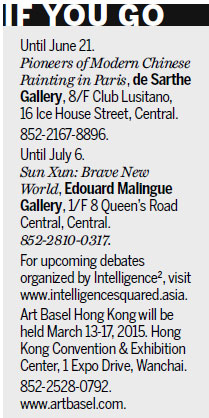
Van der Kamp says: "Museums are for beautiful people with wine glasses. Government-funded art is stuck in the 19th century. Artists today meet in Starbucks and show their work online."
Morgan and Tinari stressed that without government-funded education in the form of museums, culture and knowledge, art would be reduced to whatever is in fashion.
"Education is a fundamental way of reaching conflict resolution," Morgan says.
"Sharing information led to the origin of public museums. If museums are left to private investors, it allows the free market to decide what's worth collecting."
Swarovski commissioned a PMQ site-specific work by British sculptors Patrik Fredrikson and Ian Stallard for Art Basel Hong Kong. Prologue juxtaposes raw industrial steel with the sophistication of amber-colored precision-cut crystals suspended within its circular cradle. The hundreds of crystals sparkle with different effects, depending on the amount of natural or artificial light available during the course of a day.
Local galleries exhibiting at Art Basel Hong Kong also offered meticulously curated shows in their permanent galleries across the city.
Fuxin native Sun Xun, one of China's rising young artists, has a solo show entitled Brave New World at Edouard Malingue Gallery.
It features drawings and installations referencing Aldous Huxley's dystopian view of the future. The centerpiece is Sun's animated film What Happened in the Year of the Dragon, housed within a farmyard-animal inspired installation.
Meanwhile, de Sarthe Gallery presents Pioneers of Modern Chinese Painting in Paris, a collection of 12 first- and second-generation Chinese painters who studied Western techniques in Paris during the early to mid-20th century.
Painters such as Xu Beihong and Pan Yuliang returned to China with their newly acquired knowledge only to see most of their works destroyed during the "cultural revolution" (1966-76).
The extremely rare works on display collectively show China's first break from its long history of calligraphic brushwork and provide food for thought about emerging talent.
Contact the writer at sundayed@chinadaily.com.cn
(China Daily 05/25/2014 page9)

 'Taken 2' grabs movie box office crown
'Taken 2' grabs movie box office crown
 Rihanna's 'Diamonds' tops UK pop chart
Rihanna's 'Diamonds' tops UK pop chart
 Fans get look at vintage Rolling Stones
Fans get look at vintage Rolling Stones
 Celebrities attend Power of Women event
Celebrities attend Power of Women event
 Ang Lee breaks 'every rule' to make unlikely new Life of Pi film
Ang Lee breaks 'every rule' to make unlikely new Life of Pi film
 Rihanna almost thrown out of nightclub
Rihanna almost thrown out of nightclub
 'Dark Knight' wins weekend box office
'Dark Knight' wins weekend box office
 'Total Recall' stars gather in Beverly Hills
'Total Recall' stars gather in Beverly Hills
Most Viewed
Editor's Picks
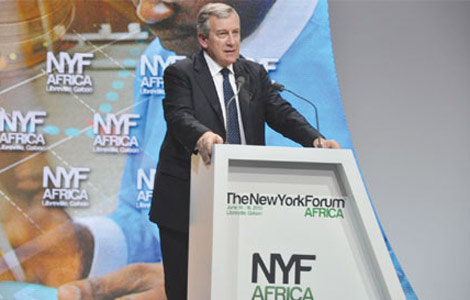
|

|
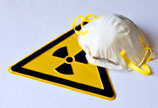
|

|
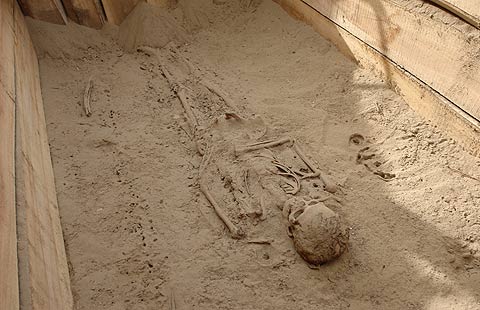
|
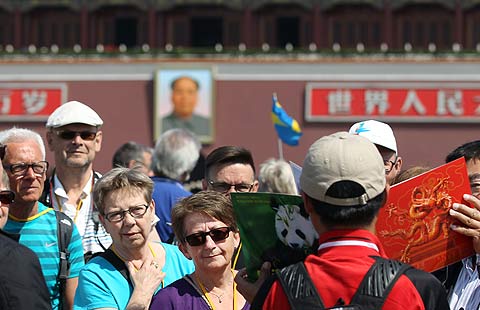
|
Today's Top News
Obama pays surprised visit to Afghanistan
Children from China enroll in US summer academic camps
Senator to renew gun control push
Obama pledges to uphold 'sacred trust' with veterans
22 dead in south China rainstorms
7 dead in drive-by shooting in California
US cyber-scoundrelism to backfire
Van Gogh, Monet works going to US
US Weekly

|

|
